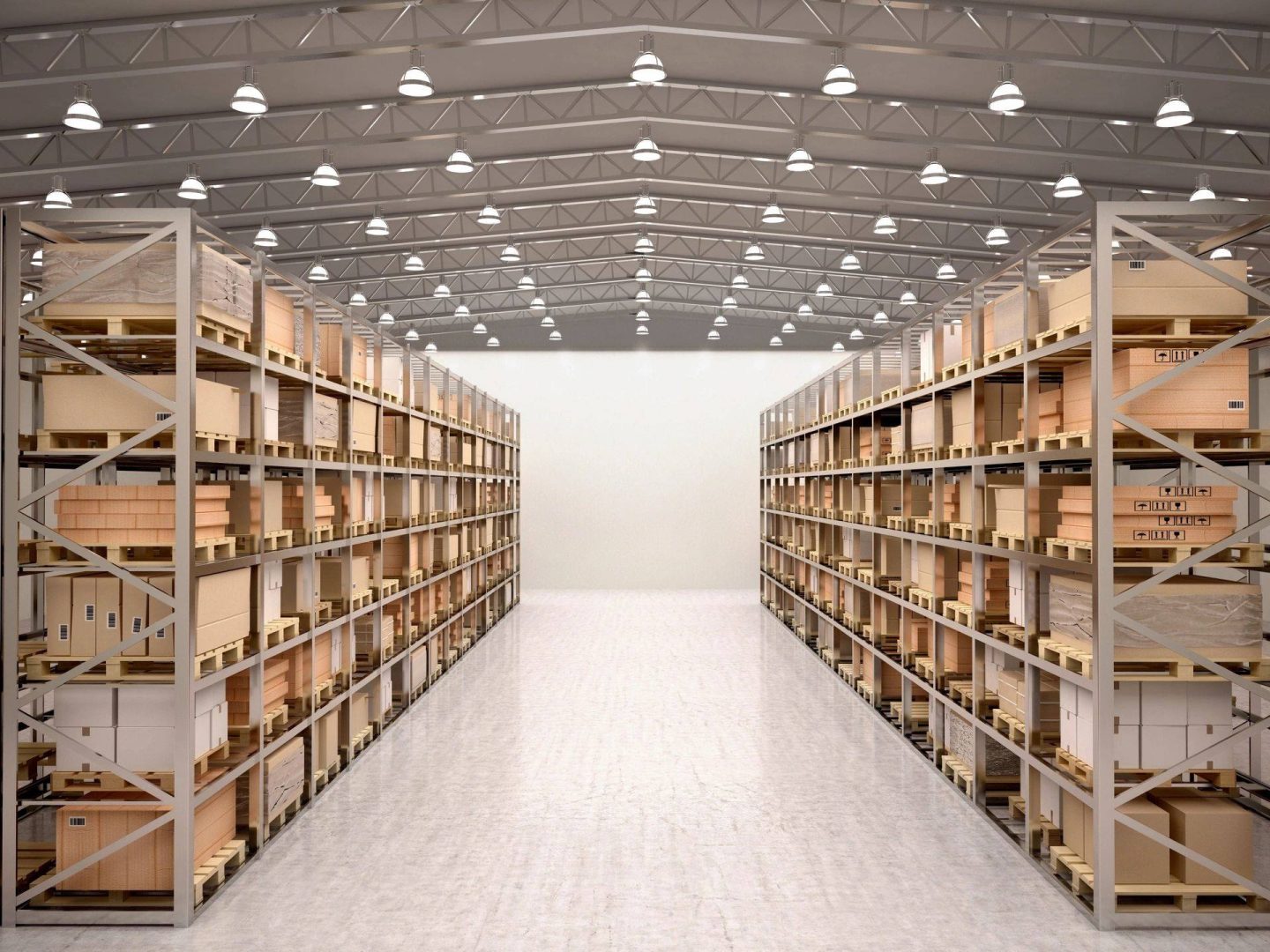*Collaboration
Warehouse operations are the backbone of many businesses, forming a critical junction between production and customer satisfaction. Efficient warehouse management not only ensures smoother operations but also contributes significantly to the bottom line of a business. The effectiveness of a warehouse is largely dependent on the equipment used, as the right tools can dramatically enhance productivity and accuracy.

In this exploration, we will delve into some essential equipment that can streamline warehouse operations, making them more efficient and less prone to errors.
Optimising Workflow with Automated Storage and Retrieval Systems
Automated Storage and Retrieval Systems (ASRS) are revolutionising how warehouses manage inventory. These systems use automated robots and computer-controlled systems to store and retrieve items, drastically reducing the time and effort required for these tasks. The accuracy and speed of ASRS improve inventory management, leading to a more streamlined operation. By reducing human error and increasing the speed of picking and placing items, ASRS can significantly enhance productivity. Furthermore, these systems optimise space usage, allowing warehouses to store more items in less space, which is particularly beneficial in urban areas where space is at a premium.
Harnessing the Power of Warehouse Management Software
Another critical component in modern warehouses is warehouse management software (WMS). This software helps in tracking inventory levels, orders, and shipments. A robust WMS provides real-time data, enabling managers to make informed decisions quickly. It also aids in forecasting demand, planning inventory levels, and optimising the layout of the warehouse. Integration with other systems such as customer relationship management (CRM) and enterprise resource planning (ERP) further streamlines operations. By automating many administrative tasks, WMS reduces manual errors and improves overall efficiency.
Thermal Transfer Printers: A Key to Efficiency
Incorporating thermal transfer printers into your warehouse operations can significantly enhance labelling and tracking efficiency. These printers are designed for high-volume printing, making them ideal for warehouses where thousands of labels are printed daily. Thermal transfer printers offer superior print quality and durability, ensuring that barcodes and labels remain readable throughout the logistics process. This durability is especially important in environments where labels might be exposed to extreme temperatures, moisture, or abrasion.
Thermal transfer printers also contribute to better inventory management. By producing clear, durable labels, they ensure that products are easily trackable throughout the warehouse and during shipping. This improved trackability reduces the chances of misplacement and errors, leading to more efficient operations. Moreover, these printers are versatile, capable of printing on various materials, including polyester and polypropylene, making them suitable for a wide range of applications in the warehouse.
Maximising Space with Smart Shelving Solutions
Effective use of space is crucial in warehouse management. Smart shelving solutions enable warehouses to maximise their storage capacity. These shelving units are designed to accommodate a wide variety of items, from small parts to large boxes, and can be adjusted to meet changing storage needs. Mobile shelving units are particularly useful as they can be moved around easily, allowing for flexible use of space. High-density shelving systems can also be employed to make the most out of limited warehouse space. These systems reduce aisle space and increase storage area, making them an excellent choice for warehouses that need to store a large amount of inventory in a small area.
